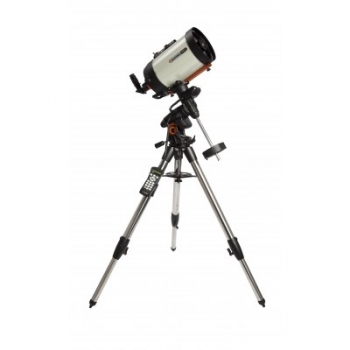Understanding Telescopes Read Before You Buy

Buying a new telescope can be complex and intimidating. This is particularly true if you are an amateur and buying the telescope for the first time. You might be wondering which telescope is right for me. In such a scenario, understanding the key functions and capabilities of telescopes can help you go a long way in buying the right one for you. Whether you are an amateur or a veteran in the domain, discussed here is basic information that will help you compare different types of telescopes and buy the most appropriate one depending on your requirements, passion, and budget. Read this carefully before you buy telescope.
Aperture of a Telescope
One of the most important attributes of a telescope is its aperture. It helps in determining sharpness and brightness of the element that you see through the scope. Technically speaking, it is the diameter of the main lens, and as aperture increases, details of the object also increases, making it appear sharper and brighter. Depending on the type of the aperture, the object can be either viewed as open or restricted field. However, often astronomers and amateurs believe that buying the largest aperture means having the best telescope. Unfortunately, it’s not that simple. Besides aperture, there are other factors to consider that would help you buy the right telescope.
Magnification or Power of a Telescope
While aperture is definitely an important factor to consider, it is also important to keep in mind magnification or power of the telescope as well. Celestron telescope is one of the premier brands that offer high power and magnification, which is important in determining how close you can view the object. However, it isn’t a major decision making factor, since it is possible to magnify telescope at any power by using different eyepieces. Most telescopes come with different eyepieces or you can buy separately. Make sure that you match power of the eyepiece lens with aperture of the scope to get crystal clear and brighter images. For beginners, lowest powers are easiest to use.
Designs of Telescopes
This is one of the most important factors to consider. Even with telescopes of same aperture, you will have myriad of design choices such as portable, economical or one that gives sharper images. Typically, there are three types of telescopes and you can compare the features depending on specific requirements –
• Refracting telescope – It is easy to use and fantastic choice for distant terrestrial viewing. Simple in design, rugged, and ease of maintenance.
• Reflecting telescope – It is excellent for viewing faint, deep sky objects; easy to use and setup; delivers very bright images; compact and portable.
• Catadioptric telescope – Most versatile in nature and offers best near focus capability; top-notch for deep sky object viewing; excellent quality image; compact and durable.
Telescope Brands
To buy telescope, it is important to consider different brands available in the market. Make sure that you do not compromise with quality here, and therefore, pick a brand that guarantees superior quality, reliability, and durability. Meade telescopes are worth considering owing to remarkable features and capabilities they offer. Besides, there are other brands such as Celestron, Lunt Solar, ASA, iOptron, Orion, and JMI.
